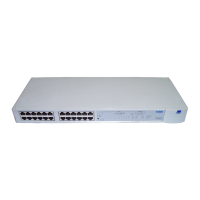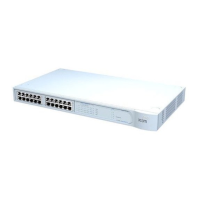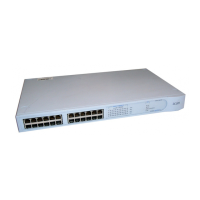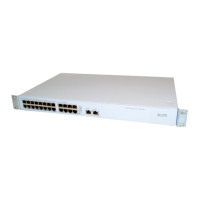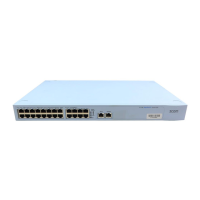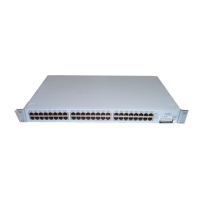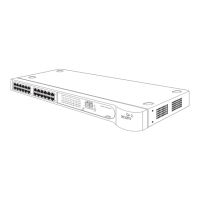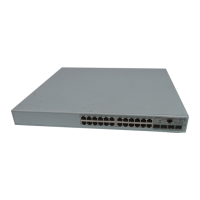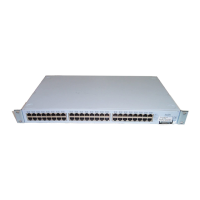Network Configuration Examples 21
Example 2: Large Flat
Network
Figure 4 shows a large flat network consisting of a single LAN and no
VLANs.
Figure 4 Flat Network without VLANs
In Figure 4, all devices on the LAN can communicate with all other
devices. However, this can lead to network overloading and, if there is a
large number of hosts, you may use up all the IP addresses within a given
subnet. To accommodate more hosts, you need to add another subnet.
The addition of VLANs to this network:
■ Contains broadcasts within each VLAN.
■ Enables the deployment of IP subnets.
You can then use the Layer 3 Module to route traffic between VLANs and
allow them to communicate. The following examples show how VLANs
and the module can work together.
The following figures are variations on the network in Figure 4.
Switch B
Switch C
IP Network Address: 192.168.168.0
Subnet Mask: 255.255.255.0
Server
Workstation
Key
Cable
Switch A
Switch
Switch D
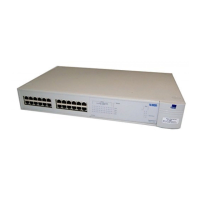
